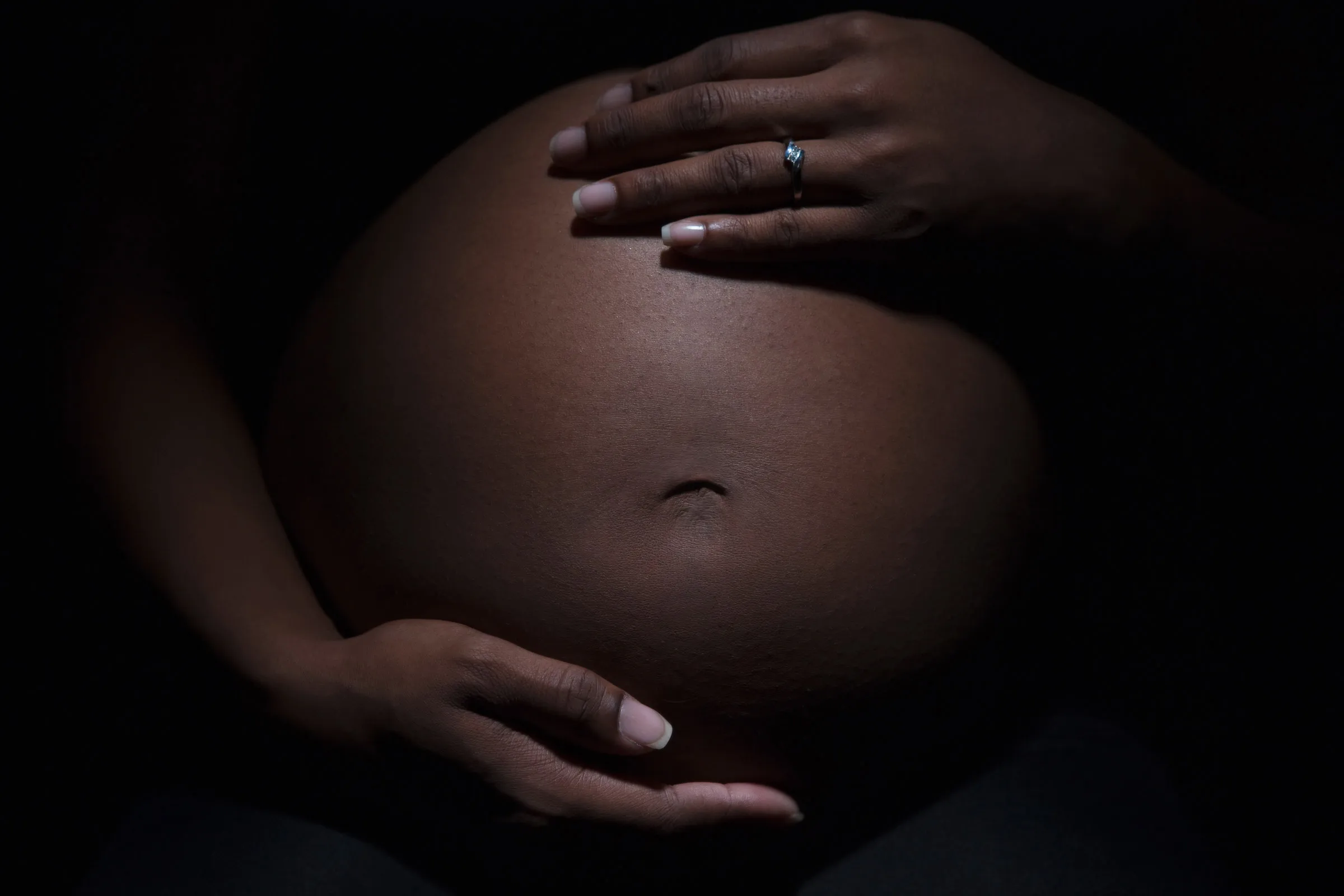Research presented at the ESHRE 40th Annual Meeting in Amsterdam revealed stark differences in the success rates of assisted reproductive technology (ART) based on socioeconomic factors.
The study found that women with a Ph.D. were more than three times as likely to achieve a live birth compared to those with only a primary school education.
Moreover, women in the highest income group were twice as likely to succeed with ART compared to those in the lowest income group. These findings underscore the significant influence of education and income on the chances of having a baby through fertility treatments.
The study, conducted by researchers from the University of Copenhagen and Copenhagen University Hospital (Rigshospitalet), analyzed data from 68,738 women aged 18-45 who underwent ART treatment in Denmark between 1994 and 2017.

The primary outcome measured was the achievement of a live birth following ART treatment initiation. The findings showed a progressive increase in the likelihood of achieving a first live birth with higher levels of education and income, with the highest likelihood observed among women with research education and those in the highest income group.
Moreover, the study found that unemployed women had the lowest chances of success, being a third less likely to have a live birth after ART treatment compared to employed women.
These trends were consistent across different age groups and for both women without children and those with previous children, underscoring a robust link between socioeconomic status and ART outcomes.
Lead author Rikke Bruun Uggerhøj emphasized that while prior studies have suggested a connection between higher socioeconomic status and better ART outcomes, this research provides detailed, data-driven insights into how education, employment, and income specifically influence fertility treatment success.
The study also revealed that women with higher socioeconomic status were more likely to persist with ART treatment after initial failures, potentially explaining the observed social inequalities.
Despite Denmark offering three fresh ART treatments free of charge, social inequality still impacted the likelihood of continuing ART treatments, indicating that financial factors are not the sole contributors to these disparities.
Co-author Ditte Vassard highlighted the importance of a comprehensive approach by policymakers and healthcare professionals to address the multifaceted challenges individuals face, including practical, resource, and emotional aspects.
Professor Dr. Carlos Calhaz-Jorge added that the study’s findings demonstrate the complexity of socioeconomic influences on ART outcomes and call for deeper consideration from stakeholders to address these inequalities effectively.
